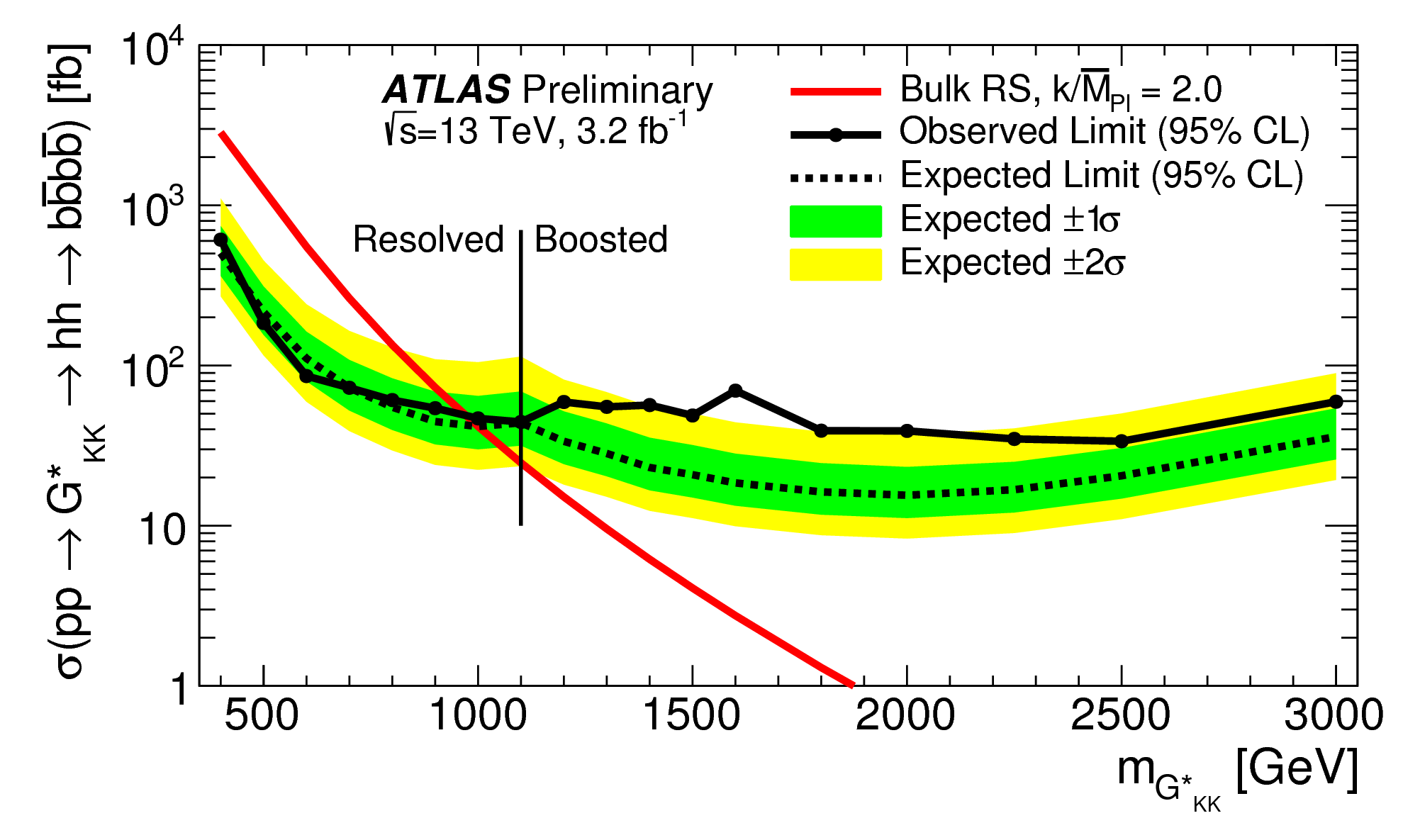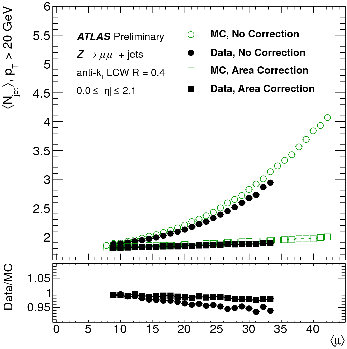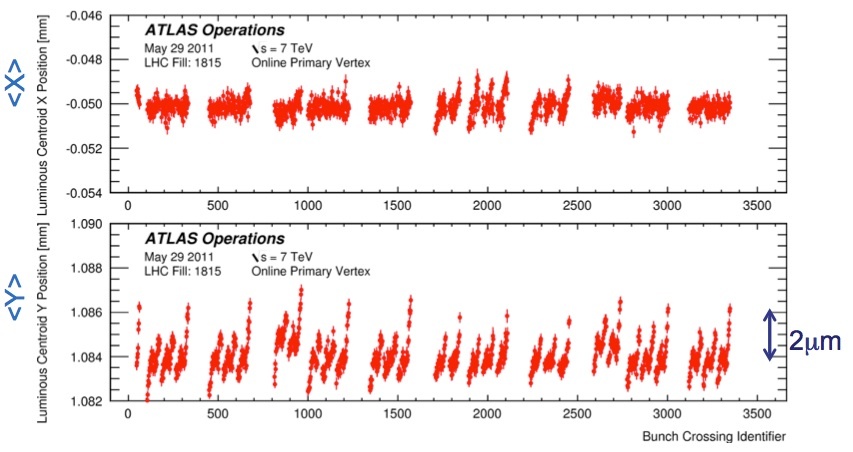The SLAC ATLAS group
The ATLAS group at SLAC is hosting a wide spectrum of activities on the ATLAS experiment from detector and computing to explorations of LHC physics. ATLAS is supported as a top priority of SLAC HEP program, taking over from BaBar as the main high-energy physics activity. We have two professors (Su Dong, Ariel Schwartzman), several senior staff scientists (Tim Barklow, Rainer Bartoldus, Philippe Grenier, Richard Mount, Charlie Young), a Panofsky Fellow (Michael Kagan), 2 postdocs (new recruitment in progress) and termed staff, and 3 graduate students. In addition, there is also a strong team of professional staff and engineers with computing and detector expertise for our experimental involvement.
Physics
|
|---|
Our physics activities focus on searches for new physics and also developing several Higgs physics topics. SLAC group is a major player in several frontiers related to Higgs. The main Run 2 physics program include heavy new particle searches in HH or VH final states with boosted Standard Model (SM) Higgs (H) decaying to bbbar, heavy SUSY Higgs search through bH/A(bb) production as well as Higgs decaying to bbbar through VBF production. This is building upon a spectrum of analyses from concluded Run 1 program: SM physics measurements including jet properties and event shapes, and top quark full hadronic decays; SUSY stop searches with 1L+MET for direct production and gluing mediated production with 3b tags, gluinos came to rest in the calorimeter and decay during empty bunch crossings, R-Parity violating Supersymmetry in multi-jet and long-lived particle final states; further exotic new particle searches covered lepton-jets, quirks etc. The current physics analysis effort are tapping strongly into the depth of expertise in the SLAC ATLAS group on jets, boosted objects, b/c-tag and trigger. The synergies between the analyses ensured our vital roles in these analyses. A key physics venue is the reconstruction of heavily boosted objects through jet substructure which is a distinctive new high energy playground at the LHC. Many novel tools are developed for use in these analyses, in conjunction with an extensive program on jet reconstruction/calibration effort which involve leading roles in ATLAS. SLAC is also a leading proponent in the pioneering exploration of modern machine learning techniques with vibrant activities in many frontiers. There is also strong expertise in heavy flavor tagging within the group through both ATLAS effort and previous experiments. The SLAC group also has been carrying significant responsibilities on trigger operations and algorithm development which has close connections to physics strategy. SLAC is a Tier2 computing facility, and provides strong support for data analysis and simulation efforts, taking advantage of the GEAN4 expertise based at SLAC. Many SLAC analyses also heavily profited from the close collaboration with the SLAC theory group with extensive expertise on new physics phenomenology, QCD and in particular the group of Monte Carlo generator gurus. Further details can be found on the SLAC ATLAS physics page.
Detector
The group plays a major role in the operation of the Pixel detector and the design/construction of the near term upgrades, building on SLAC's long experience in silicon detector technology. We have been in particular involved in several areas of the pixel Insertable B-Layer (IBL) project which was successfully installed in 2014. We are also very involved in the triggers and data-acquisition (TDAQ) system, working on the TDAQ software and infrastructure, as well as high-level triggers and online beam spot. SLAC is also a leading force in the muon Cathode Strip Chamber readout rebuild with a modern DAQ concept on the ATCA platform which has been installed in 2014. We contribute strongly to the simulation software, with expertise in GEANT4 modeling and background calculations. The XROOTD utility developed at SLAC is a primary tool for data storage and access in LHC experiments. SLAC has also engaged actively in many projects in the High-Luminosity ATLAS upgrades, including the new all silicon tracker (ITk), Trigger/DAQ upgrades, and High Granularity Timing Detector (HGTD). Extensive activities on silicon sensor development include the pioneering radiation hard 3D pixel sensors for IBL and the more recent CMOS sensor development for HL-LHC upgrade. High speed data transmission in high radiation environment is another active area that spans from IBL to future pixel upgrades. A major theme expands into various subsystems is data acquisition based on cutting-edge System on Chip technology with flexible programming resources from CPU to FPGA fabric. The collective expertise in many experimental areas also led to the SLAC bid as one of the ATLAS pixel upgrade stave assembly and testing sites. SLAC is also has a central role in the readout and trigger electronics of the modern frontier of fast timing detector with HGTD.
Some further details of the SLAC ATLAS activities can be found on the SLAC ATLAS page (some areas are not quite up to date). Since 2014, a new ATLAS group is also established at the Stanford Physics Department with Prof. Lauren Tompkins with additional ATLAS activities that further extends the joint ATLAS effort at Stanford.





